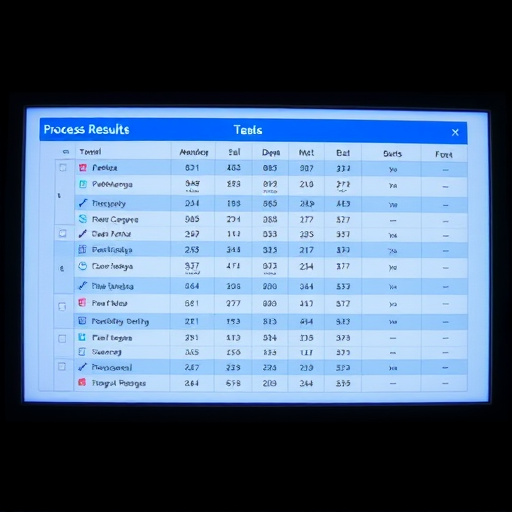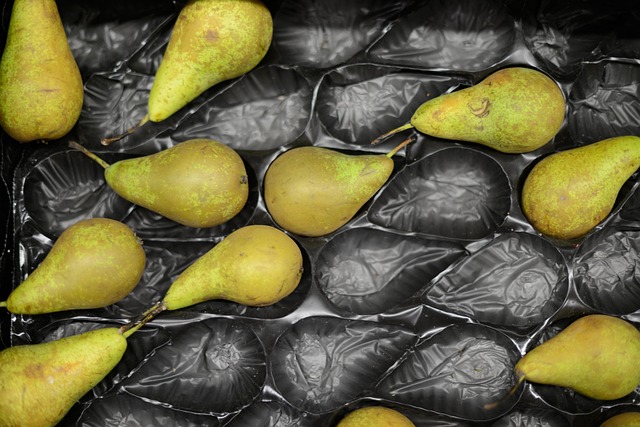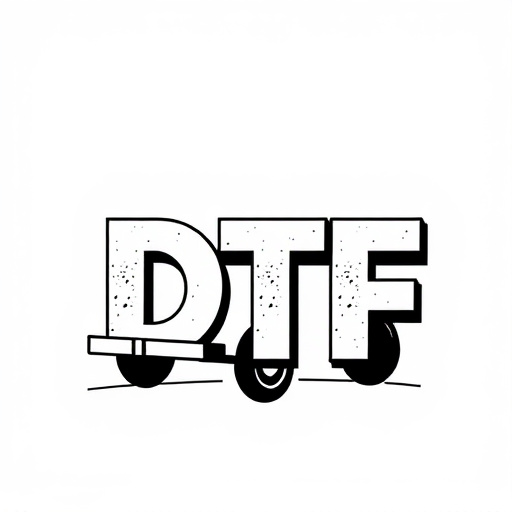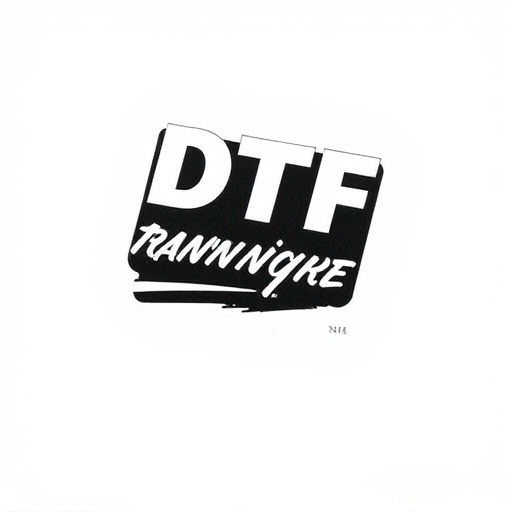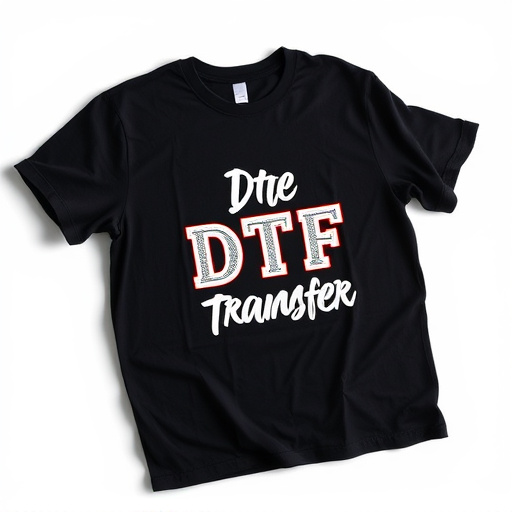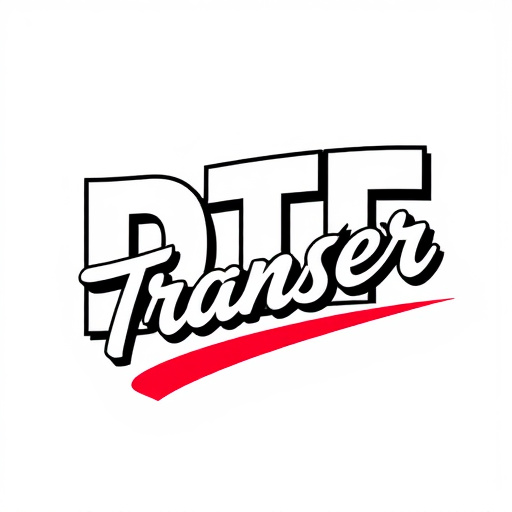Direct-to-film (DTF) printing has revolutionized fabric decoration with its ability to produce intricate, vibrant designs. Binding agents play a pivotal role by securing the film transfer onto fabric, ensuring durability and preventing fading or peeling during washing. The choice of binding agent depends on intended use, offering options for eco-friendly water-based adhesives, acrylic resins for superior adhesion, and heat-activating binders for industrial applications. Proper application techniques, including surface preparation and controlled pressure, guarantee crisp DTF prints. Following best practices ensures consistent high-quality results in fabric printing with DTF technology, catering to apparel, home decor, and promotional needs.
In the realm of textile printing, Direct-to-Film (DTF) transfers have emerged as a game-changer, offering vibrant and intricate designs on various fabrics. This innovative process, however, relies heavily on binding agents to secure the transfer, ensuring long-lasting durability. This article delves into the intricacies of DTF transfers, highlighting the pivotal role of binding agents in enhancing print quality and preventing moisture-related issues. From understanding DTF technology to exploring different binding agent types and application techniques, we provide a comprehensive guide for optimal DTF printing results.
- Understanding Direct-to-Film (DTF) Transfers: A Brief Overview
- The Role of Binding Agents in DTF Printing Process
- Types of Binding Agents Used for DTF Prints
- Advantages of Using a Binding Agent for Securing DTF Transfers
- Application Techniques for Optimal DTF Transfer Results
- Best Practices and Troubleshooting Common DTF Printing Issues
Understanding Direct-to-Film (DTF) Transfers: A Brief Overview

Direct-to-film (DTF) transfers have revolutionized the way we print on fabrics, offering a unique and efficient method for creating high-quality, long-lasting prints. This process involves transferring ink directly from a film or master pattern onto a fabric surface, bypassing traditional methods like screen printing or heat transfer. DTF is particularly popular among custom apparel creators due to its ability to produce intricate, detailed designs with vibrant colors and a soft feel.
The DTF transfer process starts with creating a digital design that is then separated into individual color layers. These layers are printed onto a clear film using specialized equipment. The film acts as a stencil, allowing ink to be precisely applied to the fabric during the printing press. This direct application ensures sharp details and rich colors, making DTF prints stand out for their exceptional quality and durability.
The Role of Binding Agents in DTF Printing Process

The role of binding agents in the DTF (Direct-to-Film) printing process is indispensable. They serve as a crucial intermediate step, ensuring that the intricate patterns and designs transferred from film to fabric remain securely bonded. These agents create a strong adhesive bond between the thin film layer carrying the image and the fabric substrate, preventing any peeling or distortion during washing and wear.
Binding agents play a pivotal role in enhancing the durability of DTF transfers. They provide an additional layer of protection, shielding the print from environmental factors that could compromise its quality. The careful selection of binding agents is essential to achieve crisp, vibrant DTF prints that meet the high demands of various applications, from apparel and home decor to promotional items.
Types of Binding Agents Used for DTF Prints
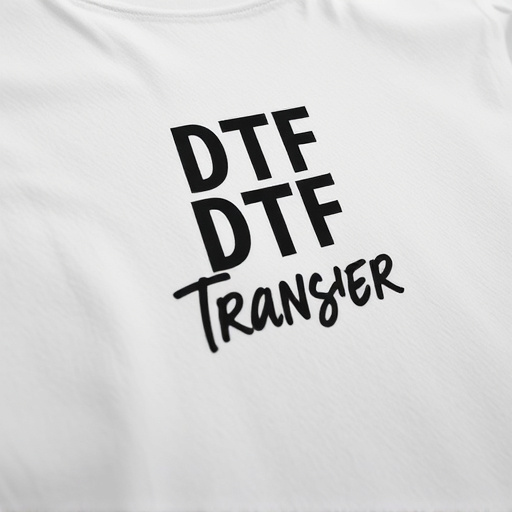
When it comes to securing direct-to-film (DTF) transfers on fabrics, various binding agents are employed to ensure a durable and long-lasting finish. The choice of binding agent is pivotal as it dictates the quality and longevity of the DTF prints. Common options include water-based adhesives, acrylic resins, and heat-activating binders. Water-based adhesives are popular for their eco-friendly nature, quick drying time, and ability to produce vibrant, high-resolution prints. Acrylic resins offer excellent adhesion and resistance to fading, making them ideal for outdoor applications or fabrics that will be exposed to sunlight.
Heat-activating binders, on the other hand, cure when exposed to heat, creating a strong bond between the DTF film and the fabric. These are often used in industrial settings where large volumes of prints need to be produced quickly. Each type of binding agent has its unique properties, catering to different printing requirements and end uses, whether it’s for fashion, home decor, or promotional products.
Advantages of Using a Binding Agent for Securing DTF Transfers
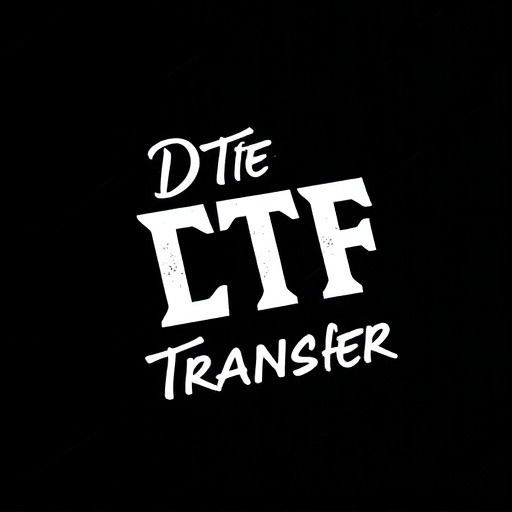
Using a binding agent for securing Direct-to-Film (DTF) transfers to fabrics offers several advantages that enhance both the durability and aesthetic appeal of the final product. Firstly, it ensures long-lasting adhesion, even under rigorous washing and wear conditions, preventing prints from fading or peeling off. This is particularly beneficial for garments and other fabric items intended for everyday use.
Moreover, a binding agent improves the overall quality of DTF prints by creating a smooth, flat surface on the fabric. This eliminates any rippling or bulging that might occur without the agent, resulting in crisp, vibrant colours and sharp details. By effectively sealing the transfer, the binding agent also protects the print from moisture and other environmental factors, guaranteeing that DTF prints maintain their integrity over time.
Application Techniques for Optimal DTF Transfer Results

The application technique plays a pivotal role in achieving optimal results with Direct-to-Film (DTF) transfers on fabrics. To secure the best DTF prints, start by ensuring the fabric is clean and free from any contaminants. A pre-treatment step may be necessary to prepare the surface, especially for rougher textures, to promote better adhesive bond with the transfer film. Even distribution of pressure during application is critical; use a smooth, even press to prevent bubbles or distortions in the final print.
For precise DTF transfers, consider the following methods: roller application for uniform coverage, air pressure techniques for controlled adherence, and heat-assisted pressing to fuse the image permanently onto the fabric. Experimenting with these techniques allows for fine-tuning the process to achieve vibrant, long-lasting DTF prints on a variety of materials.
Best Practices and Troubleshooting Common DTF Printing Issues

When working with direct-to-film (DTF) transfers, adhering to best practices is essential to ensure high-quality prints on fabrics. First, prepare your workspace and materials meticulously; this includes using a clean, flat surface and ensuring all components are at the correct temperature before beginning the process. Proper preparation minimizes air bubbles and ensures even application of the DTF transfer.
Common DTF printing issues can be readily addressed with some troubleshooting steps. If prints have gaps or overlaps, check for uneven heat application or movement during the press. Adjusting the heat profile or securing the fabric firmly can resolve these problems. Blurry prints often result from a lack of pressure or an incorrect emulsion layer. Ensure optimal pressure is applied and inspect the emulsion for any contamination, which may require cleaning or replacing the film.
